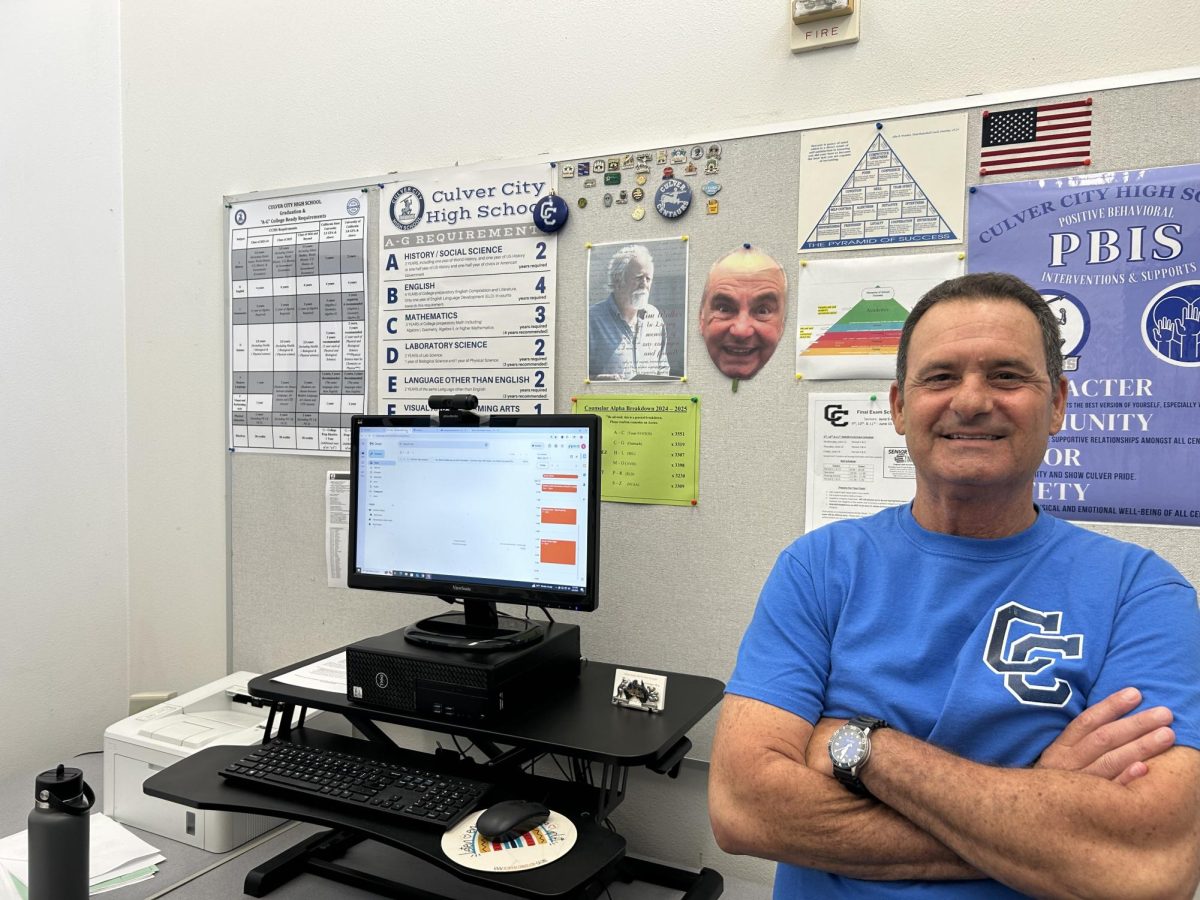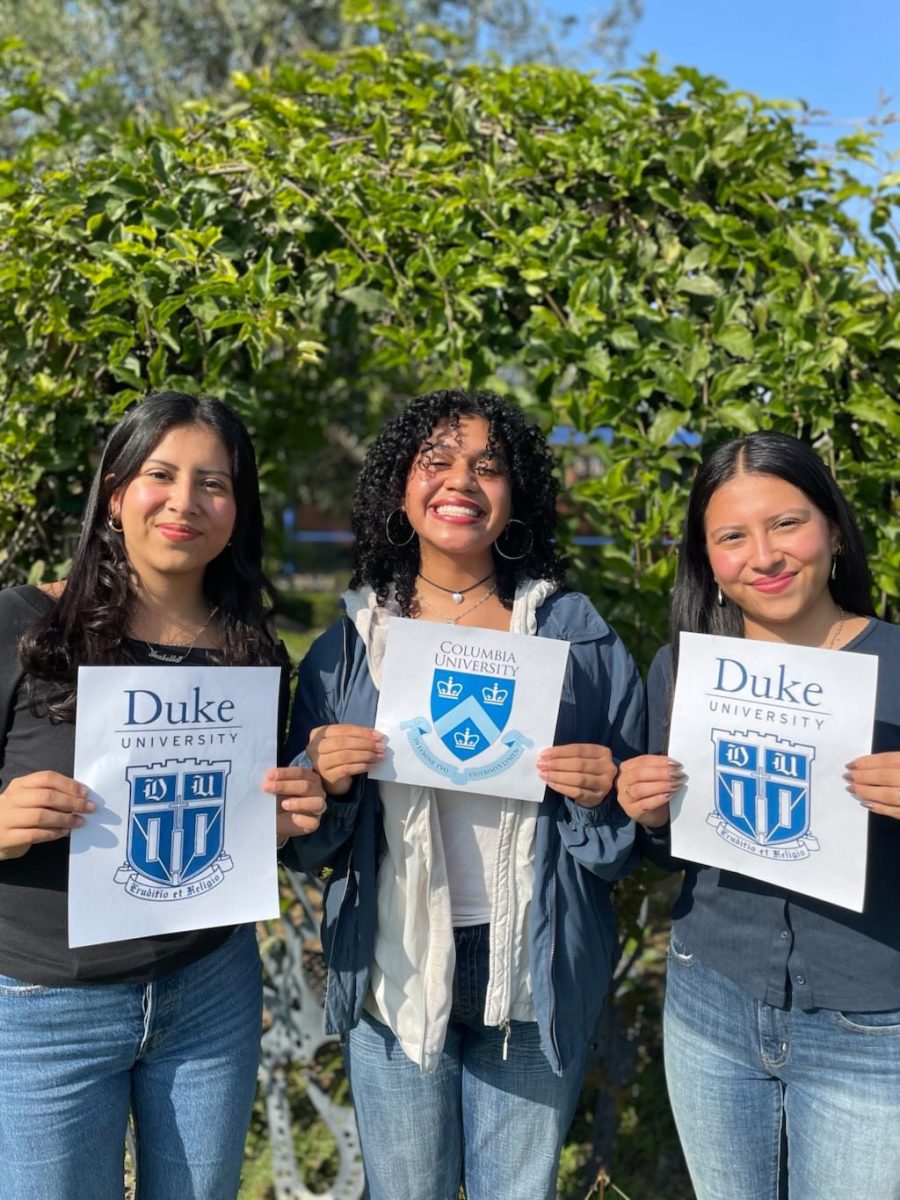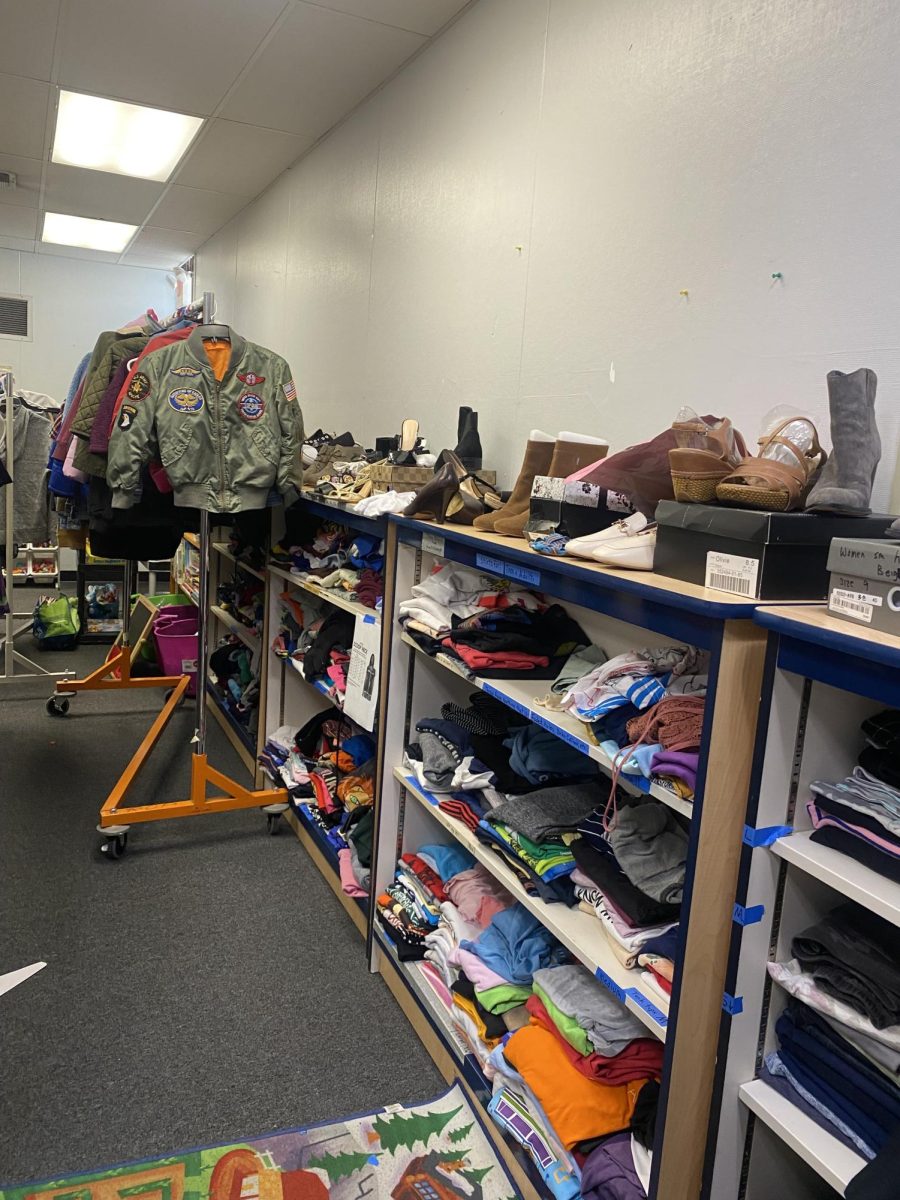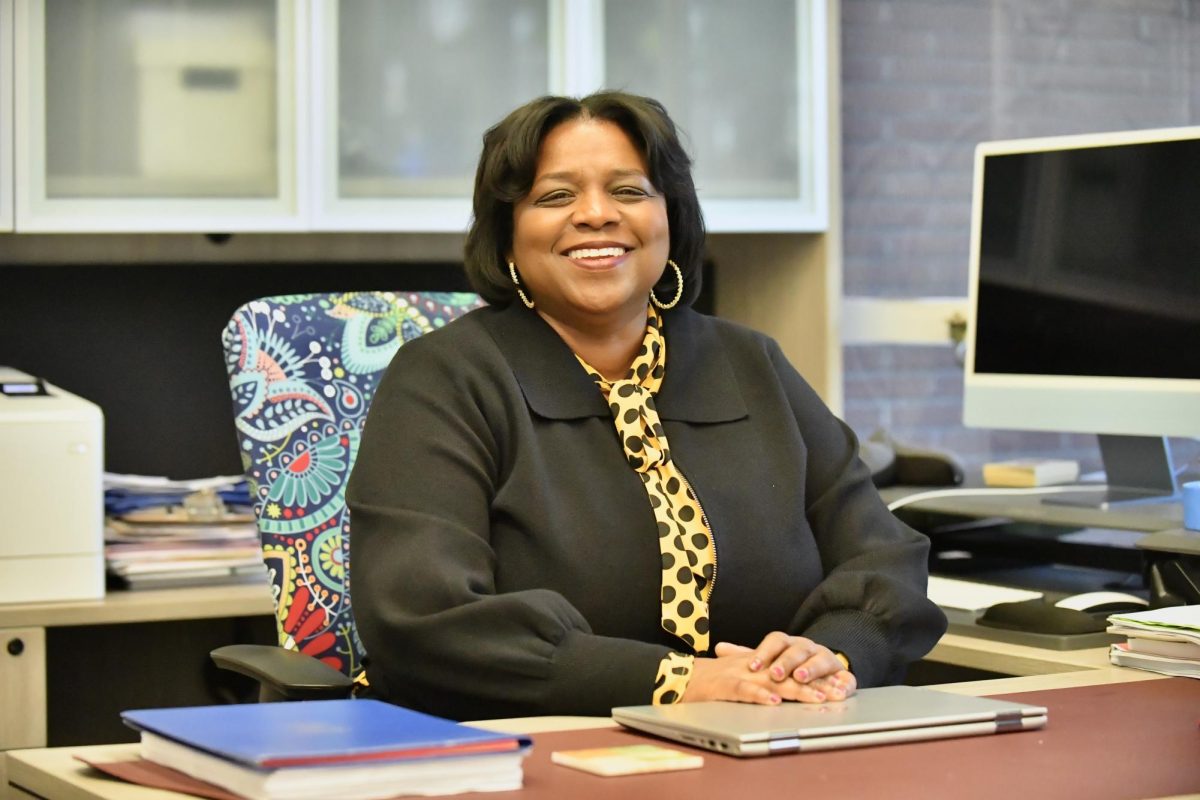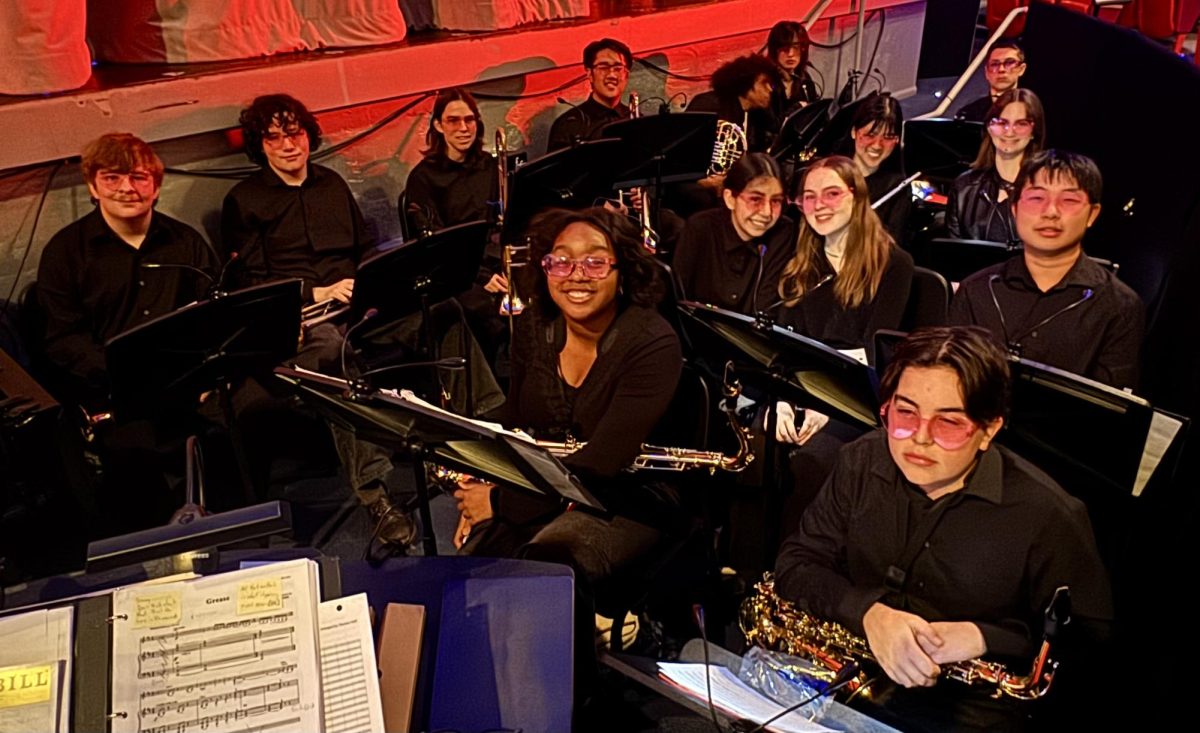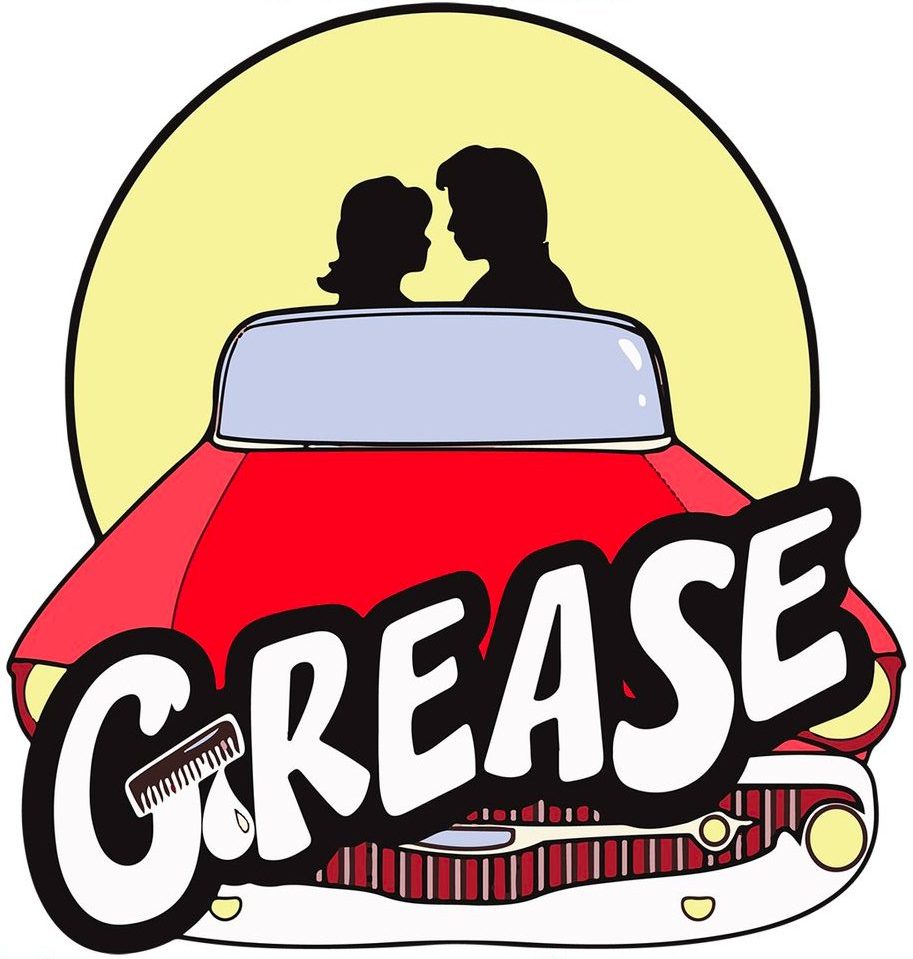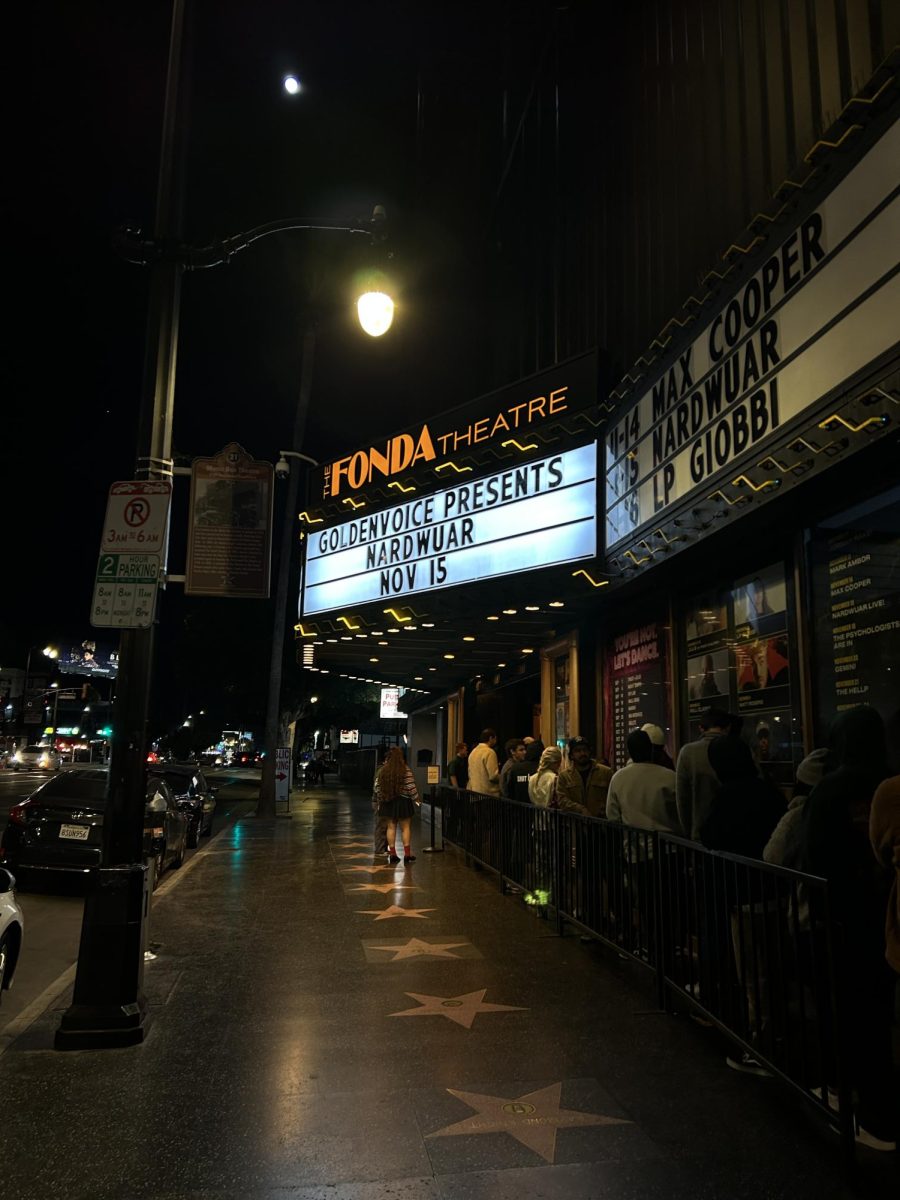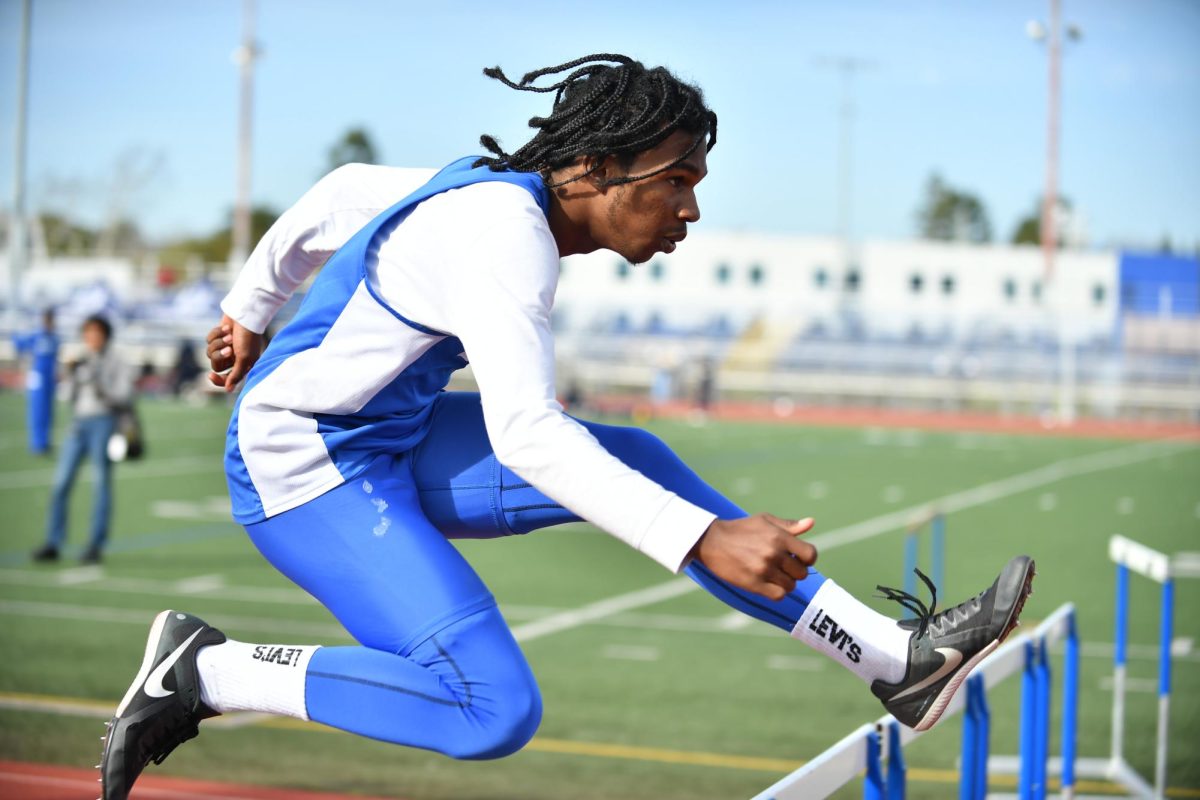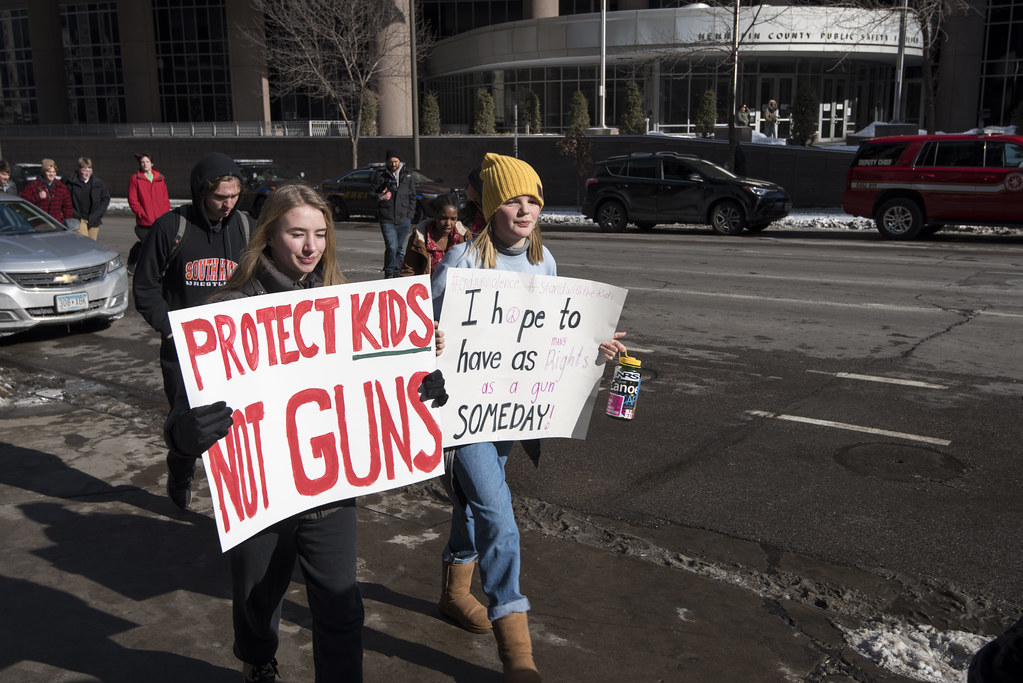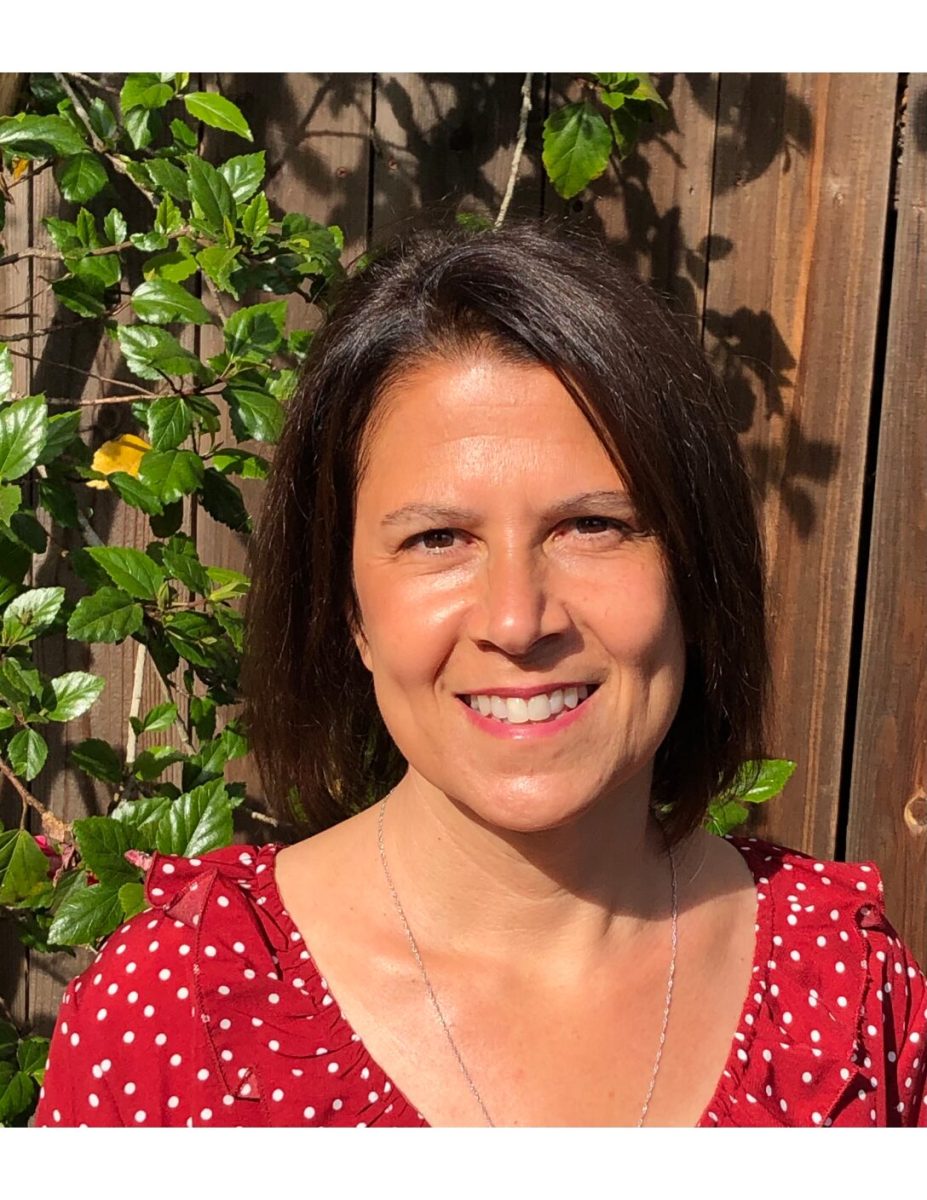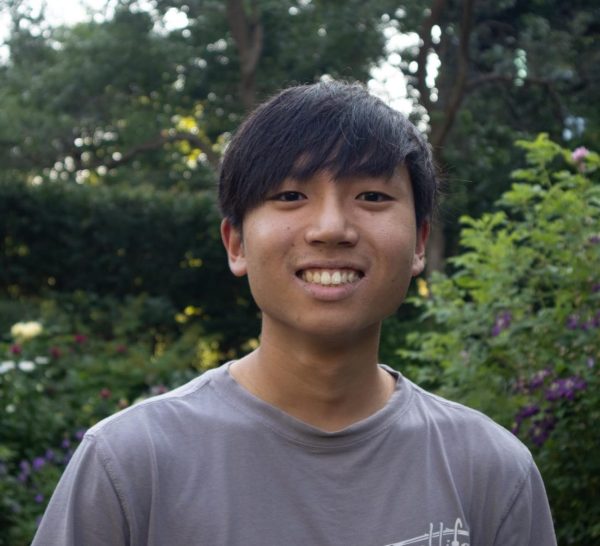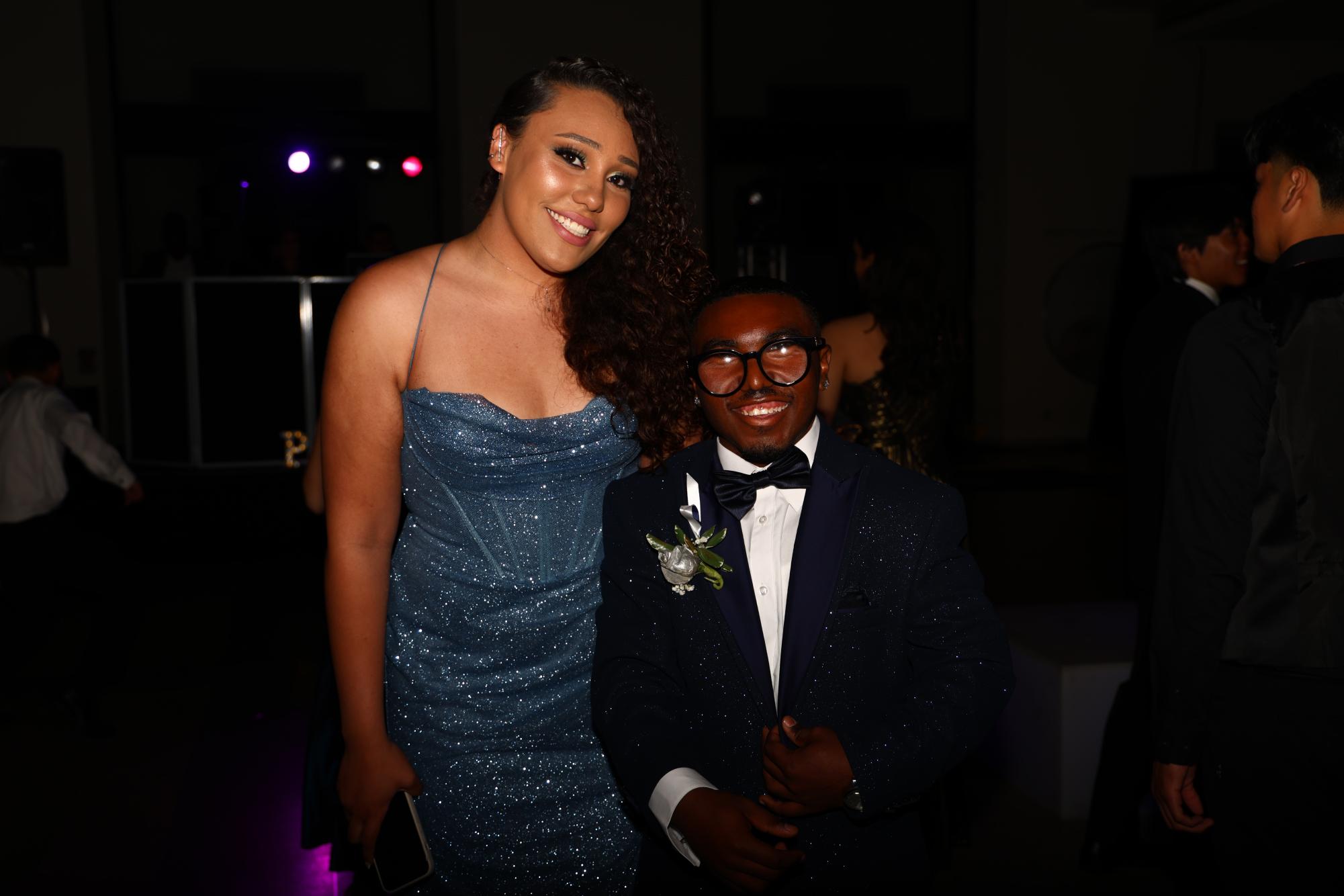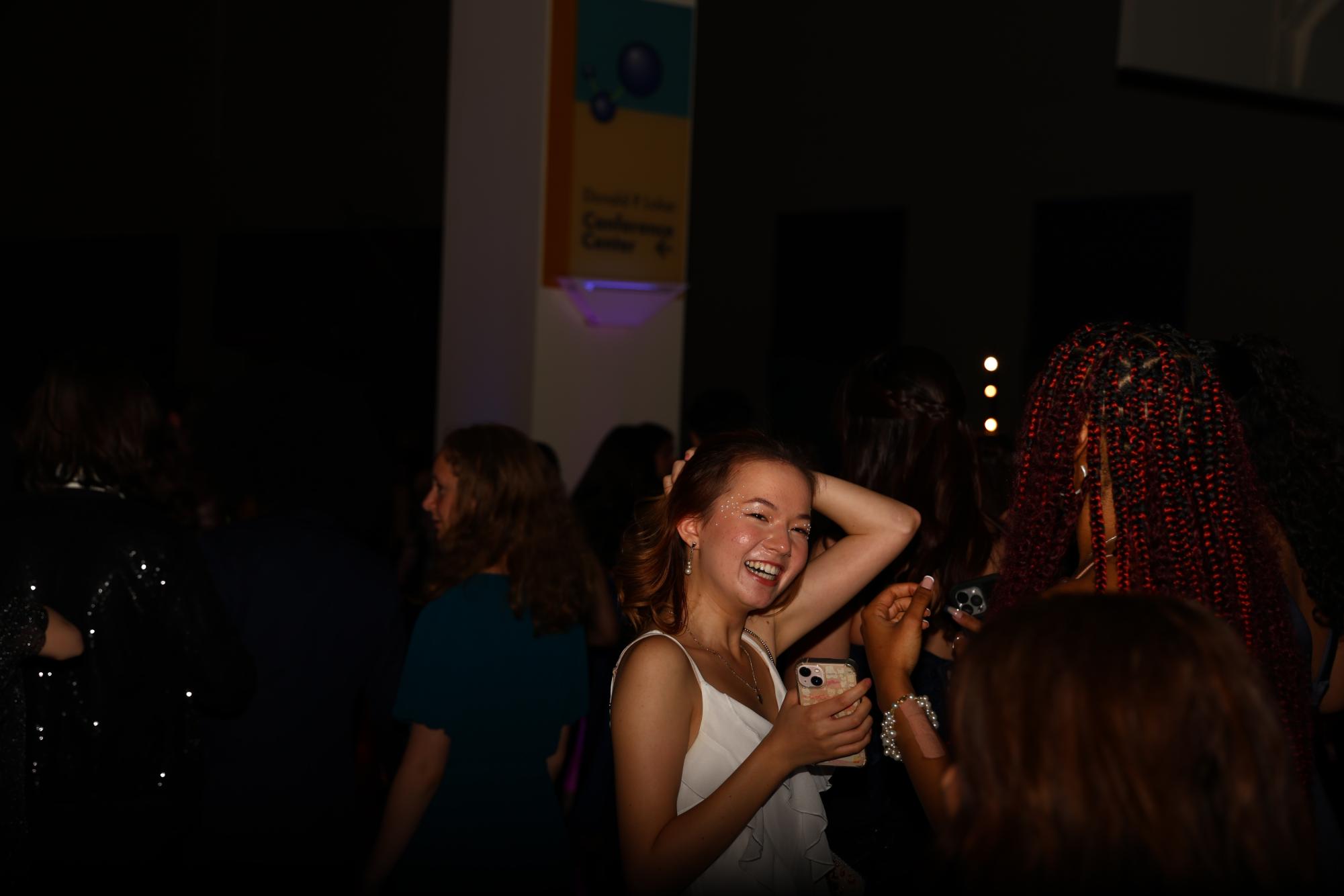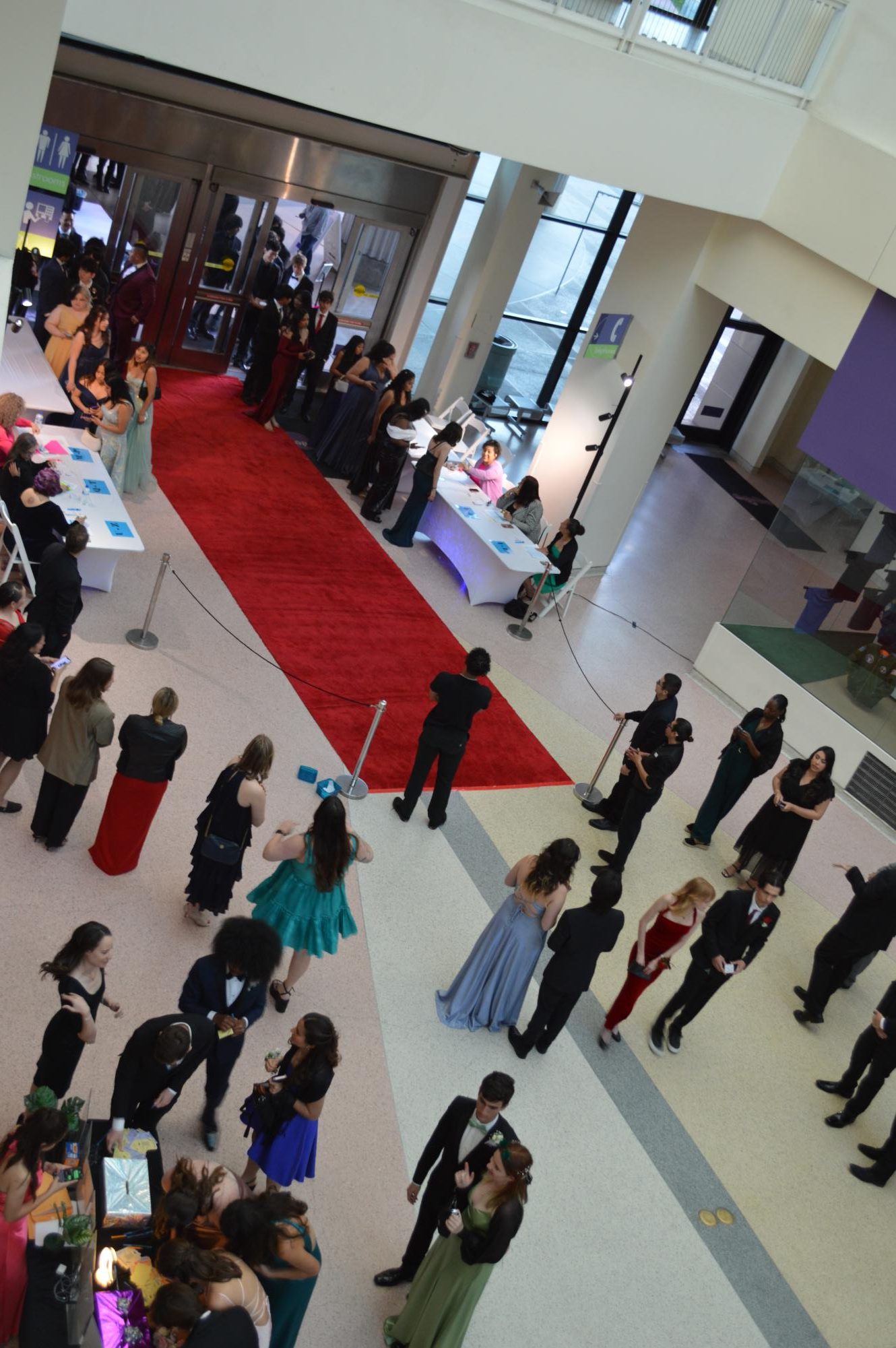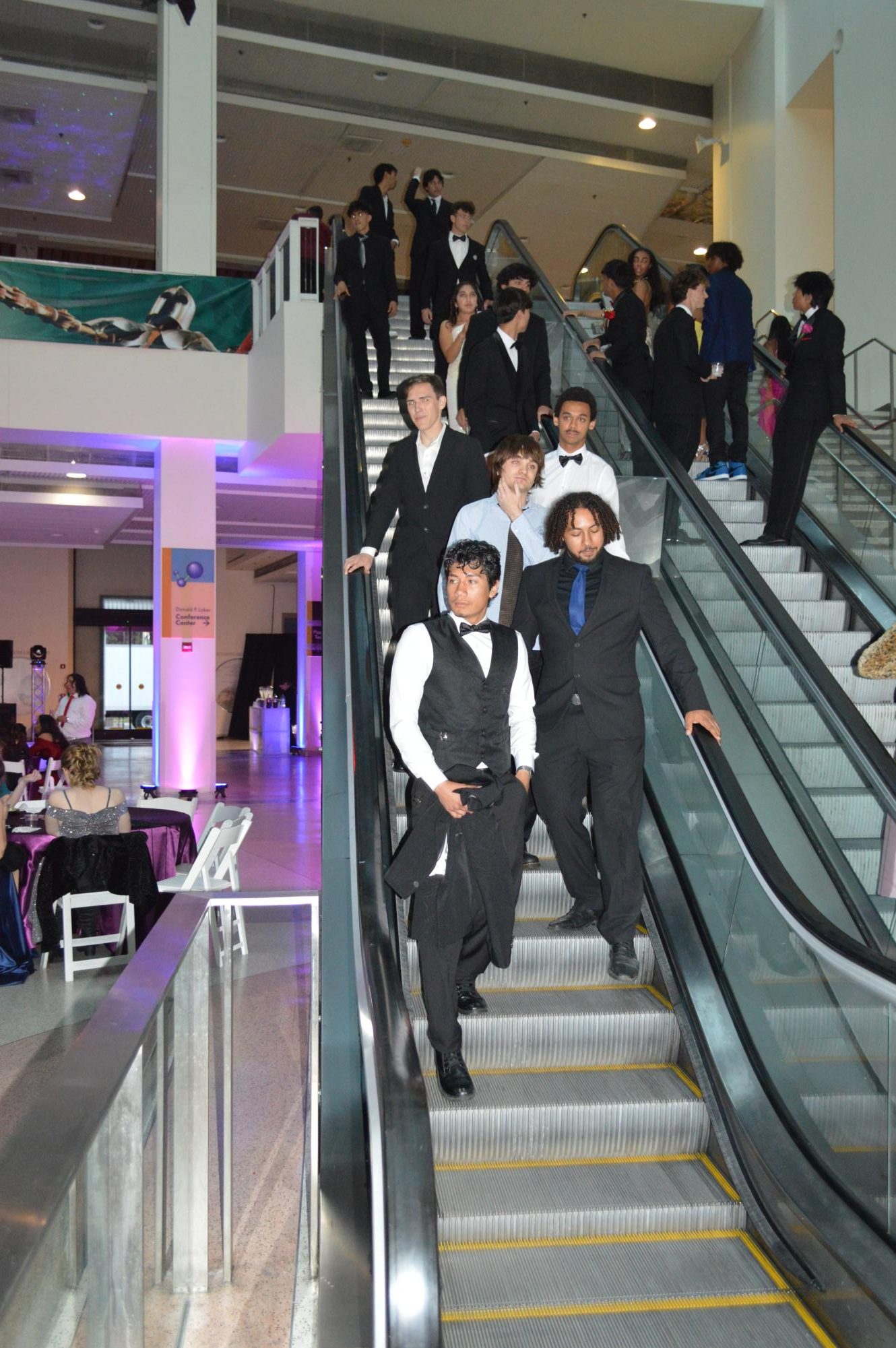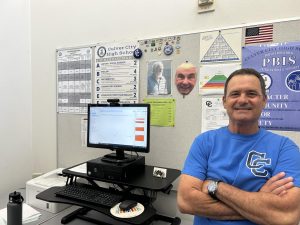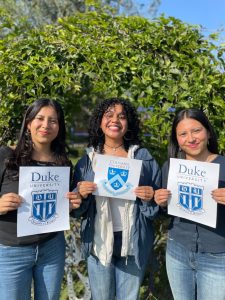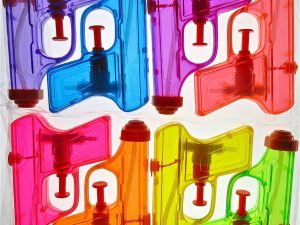MOVE Culver City: Rethinking Urban Mobility in the Heart of Screenland
November 25, 2021
Culver City launched its grand opening of the first phase of the MOVE Culver City project on Nov. 20, celebrating the implementation of new transportation options to connect the downtown Culver City area with both the Arts District and the E-Line station. City Mayor Alex Fisch, California state senator Sydney Kamlager, California state assemblymember Isaac Bryan, among others, were in attendance for the ribbon-cutting ceremony.
The first phase focused on the 1.3 mile stretch of Culver and Washington Boulevards Downtown corridor, creating a dedicated shared bus and bike lane and a free circulator system, which both utilize zero-emission, low-floor electric minibuses with rooftop solar panels. These all-electric minibuses are potentially the first of its kind in the country for serving public transportation, and they will provide a better first-last mile connection to and from the downtown corridor. In addition, micro-mobility access was expanded with more mobility lanes for vehicles such as electric scooters or monowheels, along with the implementation of asphalt art on the sides of the curbs and crosswalks to beautify the streets and provide a safer space for pedestrians.
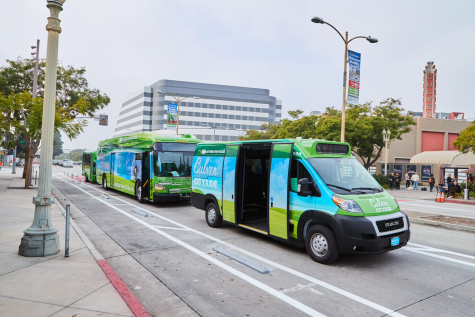 As MOVE Culver City will serve as a pilot project, these renovations are currently scheduled to only be temporary. None of the changes involve physically creating new spaces or permanently installing anything, but rather are designed to maximize the use of current roadways. For the next six months, the city plans to study the impact that these changes will have on traffic congestion and mobility, according to Rolando Cruz, Culver City’s Chief Transportation Officer. This initial phase will also help city officials prepare for the planning of the next two phases, which plan to increase mobility in the Jefferson and Sepulveda corridors.
As MOVE Culver City will serve as a pilot project, these renovations are currently scheduled to only be temporary. None of the changes involve physically creating new spaces or permanently installing anything, but rather are designed to maximize the use of current roadways. For the next six months, the city plans to study the impact that these changes will have on traffic congestion and mobility, according to Rolando Cruz, Culver City’s Chief Transportation Officer. This initial phase will also help city officials prepare for the planning of the next two phases, which plan to increase mobility in the Jefferson and Sepulveda corridors.
Many supporters of this project believe that the original design of the city’s streets is no longer efficient nor sustainable.
“With the traditional way of doing things with the car always being first there’s no more space,” Mayor Fisch said. “And we know for a fact that when we widen roads and freeways, we just induce more driving until the amount of delay is the same as it was before, or worse.”
These new mobility lanes and services that favor alternative transportation options are believed to move people in and out of Culver City more efficiently, as the number of businesses and employees entering the city has only continued to grow. While traditionally, driving has been the primary option for these out-of-city employees, their increased access to alternatives like the E-line, the new circulator system, and micro-mobility options will lead to a shift in the paradigm that has always been followed, Cruz said.
“We all win so they come to their jobs and spend money in Culver City, but it doesn’t impact us that live here in Culver City,” Cruz said.
MOVE Culver City, while it attempts to address the city’s concern with traffic, it also focuses on issues of equity and the environment. According to Fisch, the California Air Resources Board states that not only does the state need to move in the direction of utilizing electric vehicles, but the number of miles that people drive must be reduced by about 25%. Fisch also points to the fact that 57% of bus riders in LA County live below the poverty line.
“It’s pretty clear that there’s a real equity issue with allowing public infrastructure including streets to serve the public at large, and obviously the bus is much more efficient,” Fisch said.
However, many are also concerned with the initial impact that the project will have on traffic and transportation with such a large change in the design of the streets. With one less car lane in the downtown area, traffic could increase in at least the beginning stages following the installation of the project. Cruz acknowledges that not all residents may support the sudden changes as a result of the project.
“We’re keeping in mind and trying to understand that balance of those who support it and appreciate them, but also to monitor it for everyone,” Cruz said. “We now have to really watch it and make sure that we’re adaptable and flexible to make the system work … and don’t lose sight of the prize, which is improving mobility for everyone that lives and works in the area.”
This idea that these changes are only temporary for now is one that residents and people visiting Culver City should reserve.
“It may change in the future and people should know that travel patterns are going to change,” Fisch said. “The impacts for neighborhood residents will be a lot different when people learn that Washington Boulevard no longer prioritizes people driving fast. It prioritizes people moving quickly.”
